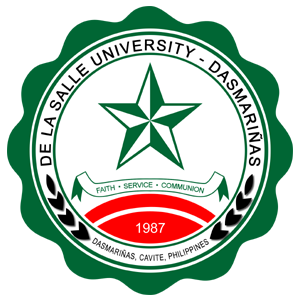MARC details
| 000 -LEADER |
|---|
| fixed length control field |
01814nam a22001937a 4500 |
| 003 - CONTROL NUMBER IDENTIFIER |
|---|
| control field |
OSt |
| 005 - DATE AND TIME OF LATEST TRANSACTION |
|---|
| control field |
20250430125517.0 |
| 008 - FIXED-LENGTH DATA ELEMENTS--GENERAL INFORMATION |
|---|
| fixed length control field |
250430b |||||||| |||| 00| 0 eng d |
| 020 ## - INTERNATIONAL STANDARD BOOK NUMBER |
|---|
| International Standard Book Number |
9786214481972 |
| 040 ## - CATALOGING SOURCE |
|---|
| Transcribing agency |
High School Learning Resource Center |
| 050 ## - LIBRARY OF CONGRESS CALL NUMBER |
|---|
| Classification number |
DS 688.S68 |
| Item number |
D34 2023 |
| 245 ## - TITLE STATEMENT |
|---|
| Title |
Abaca Frontier |
| Remainder of title |
: The socioeconomic and Cultural Transformation of Davao, 1898-1941 / |
| Statement of responsibility, etc. |
Dacudao, Patricia Irene -- |
| 260 ## - PUBLICATION, DISTRIBUTION, ETC. (IMPRINT) |
|---|
| Place of publication, distribution, etc. |
Quezon City : |
| Name of publisher, distributor, etc. |
Ateneo de Manila University Press |
| Date of publication, distribution, etc. |
(c) 2023. |
| 300 ## - PHYSICAL DESCRIPTION |
|---|
| Extent |
xxiv, 412p. ; |
| Dimensions |
23cm. |
| 504 ## - BIBLIOGRAPHY, ETC. NOTE |
|---|
| Bibliography, etc |
Includes bibliography and index. |
| 520 ## - SUMMARY, ETC. |
|---|
| Summary, etc. |
Abaca Frontier: The Socioeconomic and Cultural Transformation of Davao, 1898–1941 presents the story of how abaca, a crop processed for cordage, became itself the rope that tied Davao and its inhabitants to international networks of commerce, culture, and the colonial developmental project. Straddling transoceanic US history, while still firmly situated in Philippine studies, this book boldly incorporates global forces into the retelling of local history. The historical voices woven into its narrative are diverse—Bagobo traders, Spanish missionaries, American housewives, Filipino settlers, Japanese laborers, and so on—each of whom found themselves in the Davao region in the early twentieth century for different reasons, yet all shared some vision of its promise. Sympathetic of its historical subjects, this book shows how the frontier imaginaries of various actors mobilized multicultural collaboration and cohabitation in strikingly, perhaps uniquely, peaceful ways. Abaca Frontier thus tells a new and welcome story, standing apart from the narratives of conflict and dispossession that are familiar to scholars of plantation industries and of Mindanao. |
| 546 ## - LANGUAGE NOTE |
|---|
| Language note |
In English. |
| 942 ## - ADDED ENTRY ELEMENTS (KOHA) |
|---|
| Source of classification or shelving scheme |
Library of Congress Classification |
| Koha item type |
Filipiniana |










